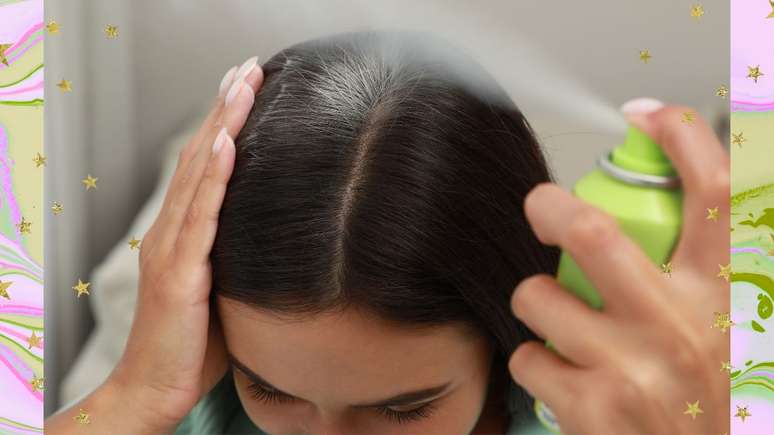Some hair loss is normal, but in some cases it can be a sign of baldness; Understand how to recognize and what to do
One of the most common complaints in dermatological offices is that of hair loss. And it is not to be surprised – after all, according to the Brazilian Society of Dermatology (SBD), about 42 million Brazilians face a certain degree of baldness.
Although they are more associated with men and more common in them, women can also have baldness and hair loss. Therefore, it is very important for everyone to know how to recognize baldness when looking for help and how you can do the treatment.
Understand more on the following theme:
Signs of hair loss and baldness
According to the dermatologist Sidharta Gadelha, specialist in tricology and hair transplantation, the first sign of alert is the thinning of the wires. “If you realize that your hair is becoming thinner or thinner, the ideal is looking for a dermatologist as soon as possible. Early diagnosis is fundamental for a better response to treatment and slowing down the progression of baldness,” he says.
The expert explains that hair diagnosis occurs through digital tricoscopy, an exam that uses an increase up to 70 times to view the scalp accurately. “This exam allows us to identify different types of alopecia and define the best treatment for each case,” explains Gadelha.
Hair transplantation
Although the capillary transplant is the best known treatment for baldness, the procedure is indicated only in specific cases. “We recommend transplantation to patients who have not had a good response to clinical treatments and try to increase hair density and recover their self -esteem,” underlines the doctor.
Gadelha also underlines that hair transplantation is a safe, painless and performed procedure in a hospital environment. According to the doctor, all the steps have careful planning to ensure patient’s safety and comfort. The procedure is minimally invasive and, with the use of local anesthesia, the patient does not feel pain during surgery.
Non -surgical hair treatments
In addition to transplantation, there are a series of therapeutic alternatives that can help cure baldness. Among the most commonly used resources are oral medicines, topics, micro -infusion of skin medicines (MMP), laser therapy, exosomes and plasma rich in platelets (PRP).
“The treatment must be individual and can only occur after medical evaluation. The time to respond to treatments can vary from person to person and will depend on the degree of baldness. The protocols usually include four to six sessions at monthly intervals. Capillary transplant requires a higher term. There is already a very satisfactory result, but the result of surgery is visible after a year”.
Finally, for those who are afraid of looking for medical assistance, the dermatologist is categorical. “Time is the hair. First I start the treatment, the greater the chances of recovering the hair without surgery. There is no minimal age to start the treatment of hair as long as the approaches are adapted to the patient’s age group,” he concludes.
Source: Terra
Ben Stock is a lifestyle journalist and author at Gossipify. He writes about topics such as health, wellness, travel, food and home decor. He provides practical advice and inspiration to improve well-being, keeps readers up to date with latest lifestyle news and trends, known for his engaging writing style, in-depth analysis and unique perspectives.








